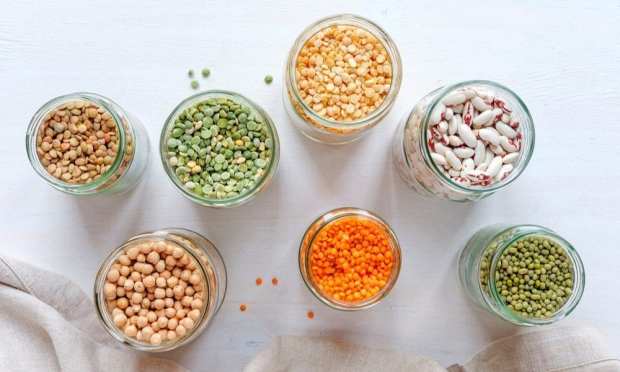Crafting eSpecialty Food Boxes For Avid Home Cooks

Before Ben Simon began sending handpicked pantry essentials and delicacies from around the world to his customers with his eponymous Ben to Table boxes, he spent time working on food systems as well as sustainable agriculture. He dedicated years of his life to Greenpeace, and he wondered if he could help small producers as well as sustainable farmers scale in addition to getting in front of more people. Simon also loved to cook and travel.
Simon told PYMNTS in an interview that he was someone who had a “ton of travel for work over the last decade or so.” And, each time he went to a destination (i.e., Spain), he would make sure he had extra room in his suitcase so he could bring back, say, tinned seafood and sherry. Those were the driving impulses for starting his service, he said, but the spark came after a cross-country relocation. He moved from San Francisco, where he could walk into a fancy corner bodega and buy, say, a specialty bag of beans, to New Haven.
New Haven is lovely, Simon notes, but it doesn’t have that type of establishment. Simon wondered if he wanted to open a store or have an online venture, but he considered the latter because he knew more about how the web works than how to operate a brick-and-mortar store. And, after talking with friends in many different places, it struck him that New Haven was not unique in having that gap in the market. Today, Ben to Table aims to fill that need by offering two verticals of curated boxes, which customers can order through subscription or one-time purchase.
The Curated Boxes
The eCommerce company offers an essentials box, which Simon explained includes “pantry staples” that are heirloom and made by small producers that are “really interesting, super delicious” examples of foods that consumers eat all the time. Instead of dried black beans from a large brand at Safeway, consumers may receive scarlet runner beans that have been grown for generations but have mostly fallen out of standard distribution. And, instead of buying, say, quick grits, his customers might receive a strain of maize passed down over generations.
He aims to provide a solid mix of items — not wanting to repeat too much from month to month and also making sure there is a variety of different types of ingredients within each box. A consumer’s first box for essentials, in one case, will consist of Rancho Gordo heirloom beans, bags of Jimmy Red Grits, Farro Piccolo from Geechie Boy Mill and a box of dried whole grain torchiette pasta from Community Grains in California. The other side of the boxes are delicacies, where the company focuses on a different place in the world. In that case, Ben to Table is focusing on food inspired by a place but not necessarily sourced from there.
One of his box selections for delicacies, for instance, is an Oaxacan mole paste that is not, in fact, from Oaxaca (Mexico). It is from a restaurant in Los Angeles that, in a way, brought Oaxacan cuisine to the United States. The restaurant produces what Simon describes as an incredible mole paste that it packages for retail. And when it comes to putting together the delicacies box, Simon notes that there is a pretty long list of countries he spent time in or paid enough attention to that he has “a pretty good sense” of at least a few, in a way, “anchor ingredients.” He knew he wanted a mole paste with his box featuring Mexico, for instance.
He also knew that he very much wanted to find huitlacoche, which are mushrooms that are grown under corn. It’s not a favorite of corn farmers, but Simon notes that folks in Mexico and elsewhere have realized that it is delicious. If one goes to Mexico City, he says, one will find it fairly frequently. It’s hard to find fresh at a specialty store — one can find it frozen or canned, but it might not be the most appealing version. He ended up finding one distributor of the product and got their jar as well as vacuum-packed versions. He thought the jarred version was excellent, and then he had his huitlacoche.
The eCommerce Experience
The company also offers the Ben to Table subscription, something of a flagship product that the company describes as “the best that Ben to Table has to offer.” For payments, the company accepts credit cards and uses the Bold Commerce software. Beyond the boxes, the company also offers a variety of tinned seafood that consumers can order a la carte. The company’s target market, Simon said, is the kind of “avid home cook.” He doesn’t see a strong demographic through-line for his customers; rather, he believes his market is more of an orientation toward experimentation and exploration.
In the future — in five to 10 years — Simon would like to see a world where it is common for food lovers and avid home cooks to be looking forward to their delicacies box every month. And he also wants to see that the smaller producers — with which Ben to Table partners on the pantry essentials — can operate at a different scale where there’s sustainably more demand for all sorts of specialty items as he aims to nurture and replenish culinary ecosystems with his eCommerce food boxes.
